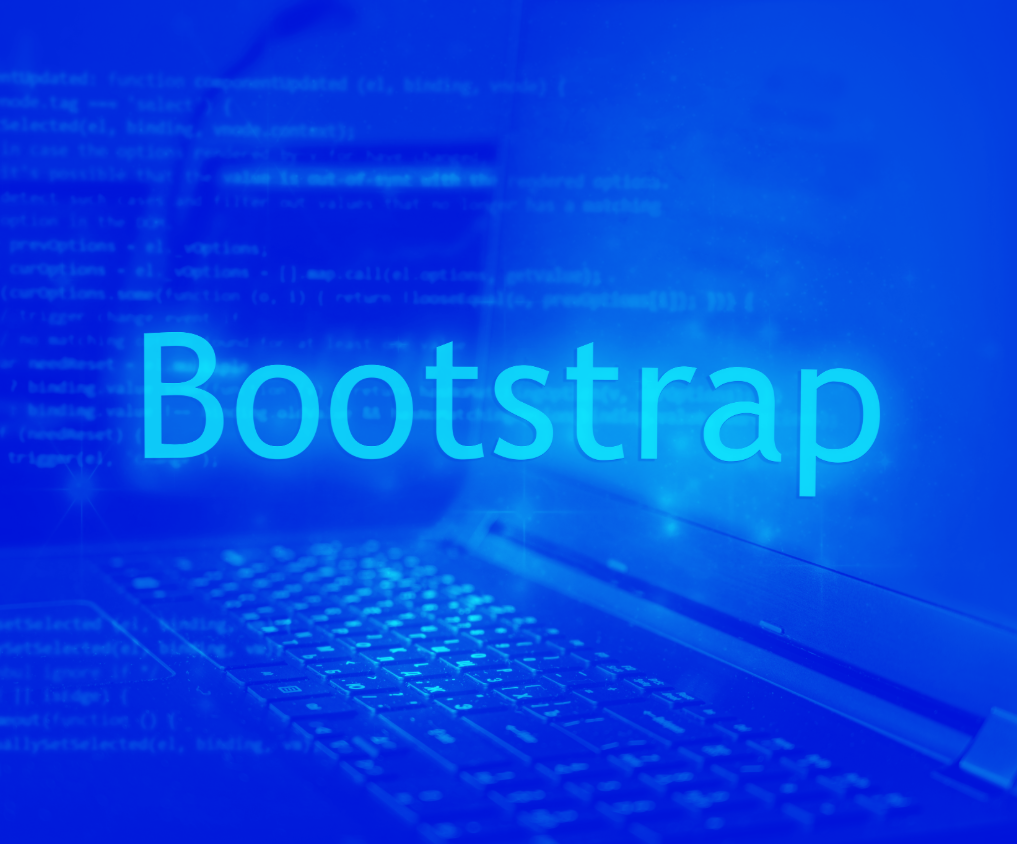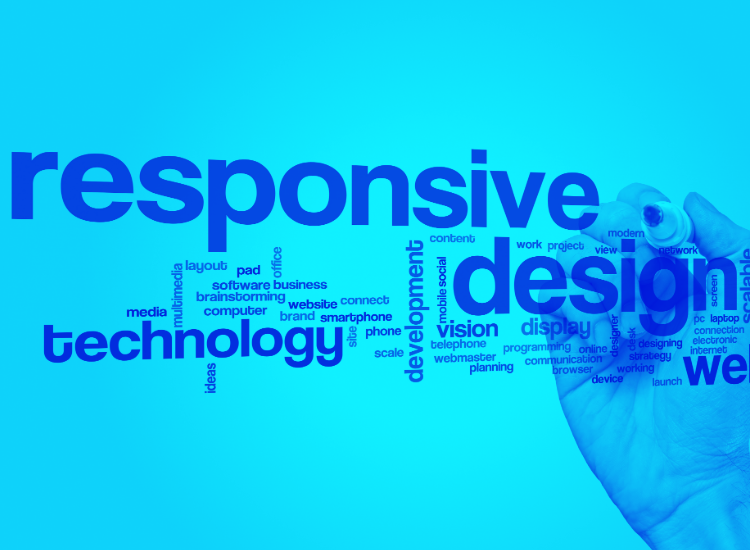Streamlining Web Development with Bootstrap: A Comprehensive Guide
BY Creative Designs By CCW · December 30, 2023 ·Introduction: In the dynamic world of web development, creating responsive and visually appealing websites is essential. One powerful tool that has gained immense popularity for achieving this is Bootstrap. Developed by Twitter, Bootstrap is an open-source front-end framework that simplifies the process of building robust and responsive web applications. In this article, we'll delve into the world of web development using Bootstrap and explore its key features, advantages, and best practices.
Getting Started with Bootstrap: Bootstrap simplifies the development process by providing a collection of pre-designed components, such as navigation bars, buttons, forms, and more. To get started, developers can include the Bootstrap CSS and JavaScript files in their project, either by downloading them or linking to the Bootstrap Content Delivery Network (CDN).
Responsive Design: One of Bootstrap's standout features is its focus on responsive design. The framework employs a mobile-first approach, ensuring that websites look great and function seamlessly on a variety of devices, from desktops to smartphones. Developers can utilize the built-in grid system to create responsive layouts effortlessly.
Customization and Theming: Bootstrap offers a high level of customization through its extensive set of utility classes and variables. Developers can modify the default styling by overriding these variables or create entirely custom themes using the Bootstrap theming system. This flexibility allows for a unique and branded look while still benefiting from Bootstrap's core functionality.
Component Library: Bootstrap provides a comprehensive library of pre-designed components that can be easily integrated into projects. These include navigation bars, carousels, modals, and more. Leveraging these components not only accelerates development but also ensures a consistent and user-friendly interface.
JavaScript Components: In addition to CSS components, Bootstrap includes a set of JavaScript components for enhanced interactivity. Developers can use Bootstrap's JavaScript plugins for features such as modals, tooltips, and dropdowns. The integration is seamless, and these components enhance the user experience without the need for extensive custom coding.
Community and Documentation: Bootstrap has a vibrant community of developers, which means extensive documentation, tutorials, and forums are available for support. The official Bootstrap documentation is thorough and serves as an excellent resource for both beginners and experienced developers looking to master the framework.
-
Best Practices for Bootstrap Development:
- Keep the file size in check by only including the components you need.
- Leverage Bootstrap's grid system for a responsive and fluid layout.
- Customize the default theme to align with your project's branding.
- Regularly update Bootstrap to access the latest features and bug fixes.
- Optimize performance by minimizing the use of unnecessary components and scripts.
Conclusion: Bootstrap has undoubtedly revolutionized web development by providing a robust and efficient framework for creating modern, responsive websites. Its simplicity, extensive component library, and active community make it an ideal choice for developers at all skill levels. By harnessing the power of Bootstrap, you can streamline your development process and deliver high-quality, visually appealing web applications. So, dive into the world of Bootstrap and elevate your web development projects to new heights.








